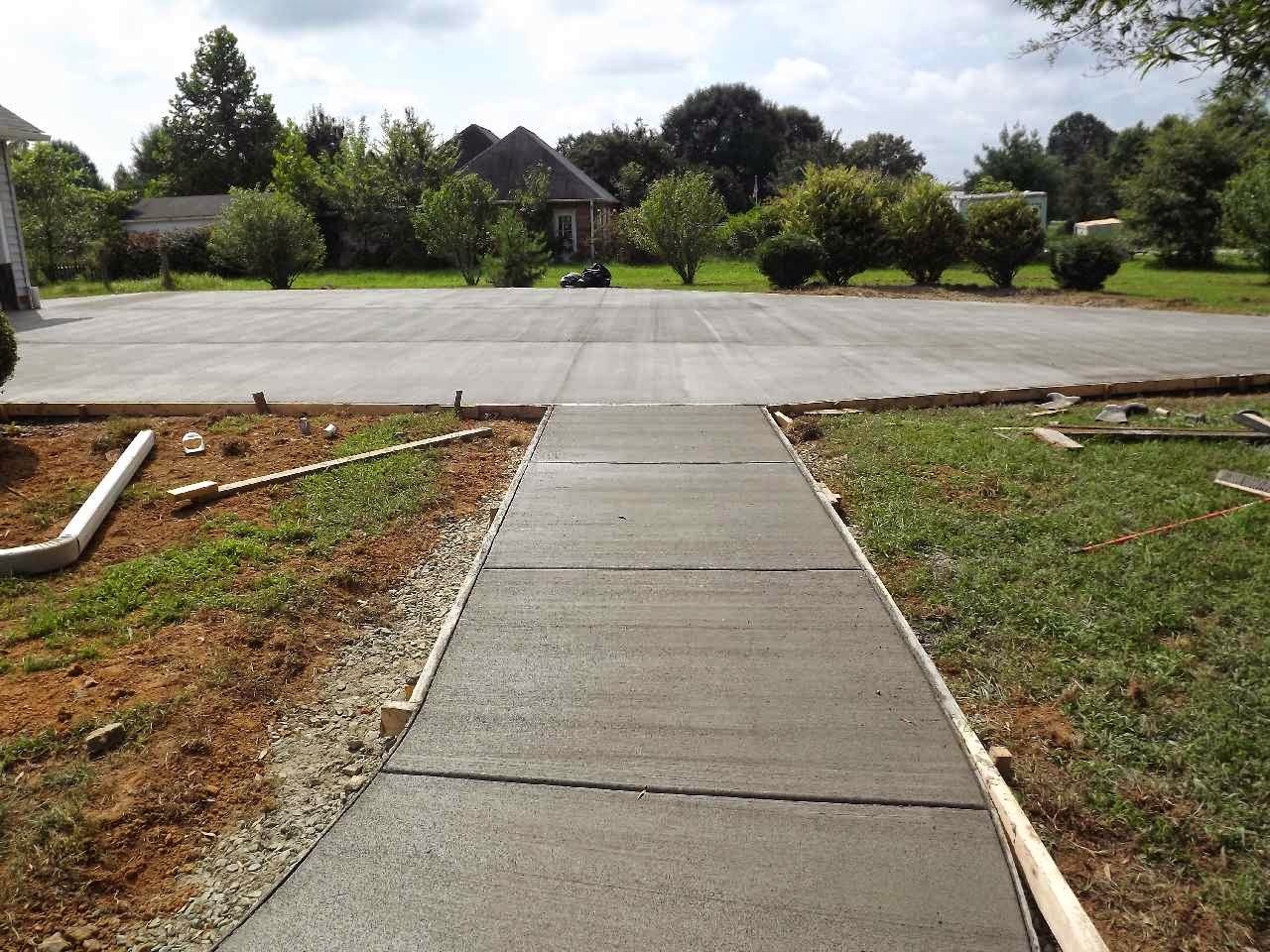

Articles
How Much Does A Heated Driveway Cost
Modified: February 27, 2024
Discover the average cost of installing a heated driveway in this informative article. Get insights on factors that affect the price and find out if it's a worthwhile investment for your home.
(Many of the links in this article redirect to a specific reviewed product. Your purchase of these products through affiliate links helps to generate commission for Storables.com, at no extra cost. Learn more)
Introduction
A heated driveway can be a game-changer, particularly in cold climates. Say goodbye to the back-breaking task of shoveling snow or dealing with icy surfaces. A heated driveway actively melts snow and ice, providing a safe and convenient pathway for both homeowners and visitors.
However, before you decide to install a heated driveway, it’s important to understand the factors that affect its cost. From the type of system to the materials used and the size of your driveway, there are several considerations to keep in mind. In this article, we will explore the various factors that affect the cost of a heated driveway and provide you with a comprehensive breakdown of the associated expenses.
Key Takeaways:
- Installing a heated driveway can be a worthwhile investment, offering convenience, safety, and extended driveway lifespan. Consider factors like cost, maintenance, and energy consumption before making a decision.
- Factors such as driveway size, heating system type, and additional expenses influence the cost of a heated driveway. Thorough research and professional consultation are crucial for making an informed decision.
Read more: How Much Does It Cost For A Paver Driveway
Factors Affecting the Cost of a Heated Driveway
When it comes to determining the cost of a heated driveway, several factors come into play. Understanding these factors will help you estimate the overall expenses and make an informed decision. Here are the primary factors that affect the cost of a heated driveway:
- Driveway Size and Layout: The size of your driveway and its layout are crucial factors in determining the overall cost. Larger driveways will require more heating elements and installation labor, thus increasing the cost.
- Type of Heating System: There are two main types of heating systems used in heated driveways: hydronic and electric. Hydronic systems use heated water or glycol-filled tubing, while electric systems use electric heating cables. The type of system you choose will impact the cost.
- Installation Method: The installation method for a heated driveway can vary depending on the type of system chosen. Some systems require embedding the heating elements in concrete or asphalt, while others can be installed on top of the existing surface. The installation method will influence the overall cost.
- Energy Source: The energy source used to power the heated driveway system also affects the cost. Electric systems are generally less expensive to install but may have higher energy consumption costs in the long run. Hydronic systems may require a separate boiler or water heater, adding to the initial expenses.
- Control and Automation: Advanced control and automation features, such as snow sensors and thermostats, can add to the cost of a heated driveway. These features provide increased efficiency and convenience but come with an additional price tag.
- Climatic Conditions: The local climatic conditions play a significant role in determining the cost of a heated driveway. Harsher climates with more frequent snowfall and colder temperatures may require a more robust and powerful system, resulting in higher costs.
It’s important to note that the cost of a heated driveway can vary significantly depending on these factors. It’s advisable to consult with a professional contractor or installer to assess your specific needs and provide an accurate cost estimate.
Types of Heated Driveways
When it comes to heated driveways, there are two main types of systems: hydronic and electric. Each type has its own advantages and considerations, and understanding their differences can help you choose the right option for your needs.
- Hydronic Heated Driveway: Hydronic systems use heated water or a glycol-filled tubing system to melt snow and ice. These systems are highly efficient and can be integrated into the house’s existing boiler or water heater. Hydronic systems are ideal for larger driveways or areas with high snowfall, as they provide consistent, even heating. However, they tend to be more expensive to install and require professional expertise.
- Electric Heated Driveway: Electric systems rely on heating cables or mats that are installed beneath the driveway’s surface or on top of the existing pavement. These systems are relatively easy to install and more cost-effective for smaller driveways. Electric heated driveways are controlled by a thermostat and can be programmed to turn on automatically when the temperature drops or snowfall is detected. They provide fast, on-demand heating, but may have higher energy consumption costs over time.
Both hydronic and electric heated driveways have their pros and cons, so it’s important to consider your specific needs and budget before making a decision. Consulting with a professional contractor can help you determine the most suitable option for your climate, driveway size, and long-term maintenance requirements.
Cost Breakdown of Heated Driveway Installation
Installing a heated driveway involves various components, and understanding the cost breakdown will help you plan your budget accordingly. Here is a breakdown of the typical costs involved in installing a heated driveway:
- Heating System: The cost of the heating system itself will depend on whether you choose a hydronic or electric system. Electric systems tend to be more affordable, with an average cost of $10 to $20 per square foot. Hydronic systems, on the other hand, are generally more expensive, ranging from $15 to $30 per square foot.
- Labor and Installation: The labor and installation costs can vary based on the complexity of the project and the size of your driveway. On average, installation costs range from $8 to $20 per square foot. Hydronic systems may require additional expertise, which can increase the labor costs.
- Control and Automation: If you opt for advanced control and automation features like snow sensors, timers, or thermostats, there will be additional costs involved. These features can add anywhere from a few hundred dollars to a couple of thousand dollars, depending on the complexity and brand.
- Electrical or Plumbing Work: In some cases, electrical or plumbing work may be necessary for the installation of a heated driveway. This can include running electrical wires or installing a separate boiler system for a hydronic system. The cost will depend on the extent of the work required and the rates of your local contractors.
- Maintenance and Operating Costs: It’s important to consider the long-term maintenance and operating costs associated with a heated driveway. Electric systems generally have lower maintenance costs, while hydronic systems may require regular inspection and maintenance of the boiler or water heater. Additionally, the energy consumption costs will vary based on your location and the size of the driveway.
It’s crucial to keep in mind that these cost estimates are approximate and can vary based on various factors, including the region, contractor rates, and specific materials used. Consulting with multiple contractors and obtaining detailed quotes will help you get a more accurate picture of the costs involved in installing a heated driveway.
When considering the cost of a heated driveway, be sure to factor in the initial installation cost, as well as ongoing energy expenses for heating. Additionally, consider the potential savings from reduced snow removal and maintenance.
Additional Costs to Consider
When budgeting for a heated driveway installation, it’s important to consider the additional costs that may arise during the process. These costs are often overlooked but can significantly impact your overall expenses. Here are some additional costs to keep in mind:
- Permit and Planning Fees: Depending on your local regulations, you may need to obtain permits and pay planning fees for the installation of a heated driveway. These costs can vary, so it’s important to check with your local authorities to understand the requirements and associated fees.
- Excavation and Site Preparation: If your driveway requires excavation or site preparation work, such as removing existing pavement or leveling the surface, there will be additional costs involved. The complexity of the excavation work and the size of your driveway will impact these expenses.
- Pavement Repair or Replacement: In some cases, the installation of a heated driveway may require repairing or replacing the existing pavement. This can be an additional cost that needs to be factored into your budget, especially if your driveway is in poor condition or requires upgrades for proper installation.
- Snow Melting System Maintenance: Over time, you may need to perform maintenance on the snow melting system to ensure its optimal functioning. This can include periodic inspection, cleaning, and potential repairs. It’s important to factor in these maintenance costs to keep your heated driveway in good working condition.
- Extended Warranty or Insurance: Some homeowners choose to purchase extended warranties or additional insurance coverage for their heated driveway system. These can provide peace of mind and protection against unexpected repairs or damages but come with an additional cost.
- Landscaping and Aesthetics: Depending on your preferences, you may also want to consider the landscaping and aesthetic aspects around the heated driveway. This can include additional costs for landscaping, decorative elements, lighting, or other enhancements to complement the heated driveway installation.
It’s essential to thoroughly discuss these additional costs with your contractor and factor them into your budget. By considering all the potential expenses, you can avoid any surprises and ensure a smooth and successful installation of your heated driveway.
Read more: How Much Does It Cost To Repair A Driveway
Benefits of Installing a Heated Driveway
Installing a heated driveway offers numerous benefits that go beyond the convenience of a snow-free surface. Here are some of the key advantages of having a heated driveway:
- Convenience and Safety: One of the primary benefits of a heated driveway is the convenience it provides. Say goodbye to the tedious task of shoveling snow or spreading harmful ice melt chemicals. A heated driveway automatically melts snow and ice, ensuring a safe and accessible surface for both you and your visitors.
- Time and Effort Savings: With a heated driveway, you can save valuable time and energy that would otherwise be spent on snow removal. No more waking up early to clear your driveway before heading out for the day. The heated system takes care of the snow and ice, allowing you to focus on more important tasks.
- Reduced Risk of Accidents and Injuries: Slip and fall accidents are a common occurrence during winter, especially on icy surfaces. By installing a heated driveway, you significantly reduce the risk of accidents and injuries for yourself, your family, and guests. It provides a safer environment, preventing potential mishaps caused by slippery conditions.
- Extended Lifespan of Driveway: Snow and ice can cause damage to your driveway over time. The freeze-thaw cycle can lead to cracks, potholes, and other structural issues. By melting snow and preventing ice formation, a heated driveway helps protect the pavement, extending its lifespan and reducing the need for costly repairs or resurfacing.
- Enhanced Property Value: A heated driveway can be a desirable feature for potential buyers if you ever decide to sell your home. It adds functionality and convenience, increasing the attractiveness and value of your property. It can set your home apart from others in the neighborhood and serve as a selling point.
- Environmental Considerations: A heated driveway can be a more environmentally-friendly option compared to traditional snow removal methods. By eliminating the use of harmful chemicals and reducing the need for snowplow services, you contribute to a cleaner and more sustainable environment.
While the upfront cost of installing a heated driveway may seem significant, the long-term benefits and savings it offers make it a worthwhile investment. It provides a safer, more convenient, and hassle-free winter experience for you and your loved ones.
Considerations Before Installing a Heated Driveway
Installing a heated driveway can be a great investment, but there are several important considerations to keep in mind before moving forward with the installation. Here are some key factors to consider:
- Cost vs. Benefits: Evaluate the cost of installation and weigh it against the benefits you will gain. Consider factors such as the size of your driveway, the climate in your area, and how often you encounter snow and ice. While a heated driveway offers convenience and safety, it’s essential to ensure that the cost aligns with the value it will bring to your specific situation.
- Long-Term Maintenance: Understand the maintenance requirements of a heated driveway. Electric systems typically have lower maintenance needs, while hydronic systems may require periodic checks and potential maintenance of the boiler or water heater. Consider the time and cost associated with maintenance to ensure that you’re prepared to keep the system in good working condition.
- Energy Consumption: Heating a driveway requires energy, and it’s crucial to consider the potential increase in your energy consumption and associated costs. Electric systems generally consume more energy than hydronic systems. Evaluate the energy efficiency of the system you choose and calculate the estimated energy consumption to get a sense of the long-term operating costs.
- Installation Process: Understand the installation process and any disruptions it may cause. Depending on the type of system and the layout of your driveway, there may be excavation work or modifications required. Consider the duration of the installation and whether you will need an alternative parking arrangement during the process.
- Contractor Selection: Choose a reputable and experienced contractor for the installation of your heated driveway. Research and review various contractors in your area, checking their track record, customer reviews, and certifications. Request multiple quotes and make sure the contractor understands your specific needs and preferences.
- Local Regulations and Permits: Check with your local authorities regarding any regulations or permits required for installing a heated driveway. Obtain the necessary permits and adhere to any guidelines to ensure compliance with local codes.
- Warranty and Insurance: Inquire about warranties for the heated driveway system and any additional insurance coverage available. Understand the coverage and terms to protect your investment and address any potential issues or damages that may occur.
By considering these factors before installing a heated driveway, you can make an informed decision that aligns with your needs, budget, and long-term maintenance capabilities. Consulting with professionals and conducting thorough research will ensure a smooth and successful installation process.
Conclusion
Installing a heated driveway can bring numerous benefits, such as convenience, safety, and extended lifespan for your driveway. However, before embarking on this project, it’s important to carefully consider the factors that affect the cost, the types of systems available, and the additional expenses involved.
The cost of a heated driveway is influenced by factors like the size of your driveway, the type of heating system chosen, installation labor, and energy source. Hydronic systems, while more expensive upfront, may be ideal for larger driveways or areas with heavy snowfall. Electric systems are generally more affordable and easier to install for smaller driveways.
When planning your budget, be sure to account for additional costs, such as permits, excavation, maintenance, and any necessary electrical or plumbing work. These expenses may vary based on your local regulations and specific circumstances.
While the cost of installation may seem significant, the benefits of a heated driveway make it a worthwhile investment. It offers convenience, time and effort savings, improved safety, extended driveway lifespan, enhanced property value, and reduced environmental impact.
Before proceeding with the installation, consider factors like cost versus benefits, long-term maintenance requirements, energy consumption, the installation process, contractor selection, local regulations, and available warranties or insurance coverage.
By thoroughly researching your options, consulting with professionals, and carefully considering these factors, you can make an informed decision that aligns with your needs, budget, and long-term maintenance capabilities.
A heated driveway can transform winter maintenance and enhance your overall living experience. Say goodbye to the hassle of shoveling snow or dealing with icy surfaces, and enjoy the convenience and safety that a heated driveway provides.
Frequently Asked Questions about How Much Does A Heated Driveway Cost
Was this page helpful?
At Storables.com, we guarantee accurate and reliable information. Our content, validated by Expert Board Contributors, is crafted following stringent Editorial Policies. We're committed to providing you with well-researched, expert-backed insights for all your informational needs.
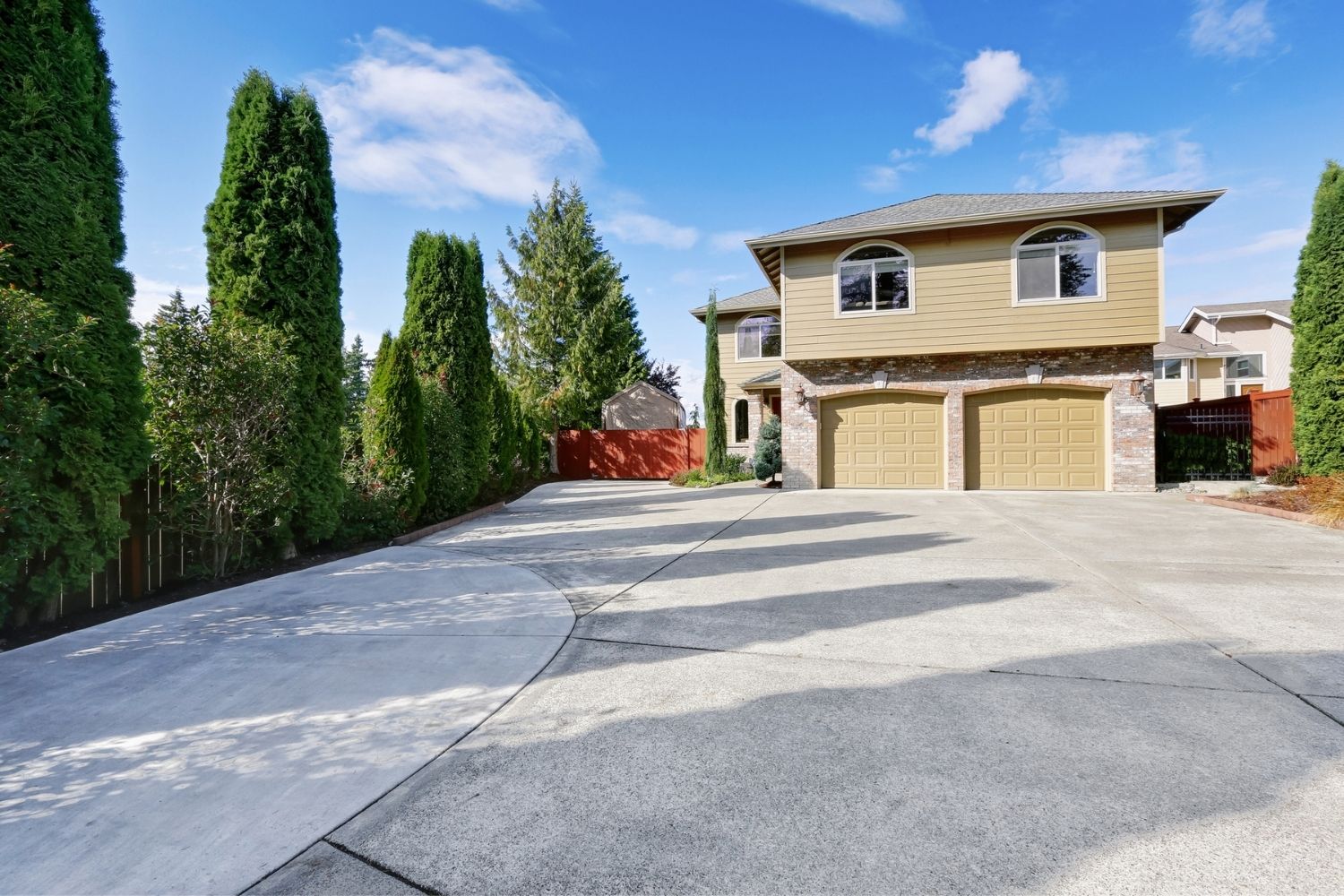

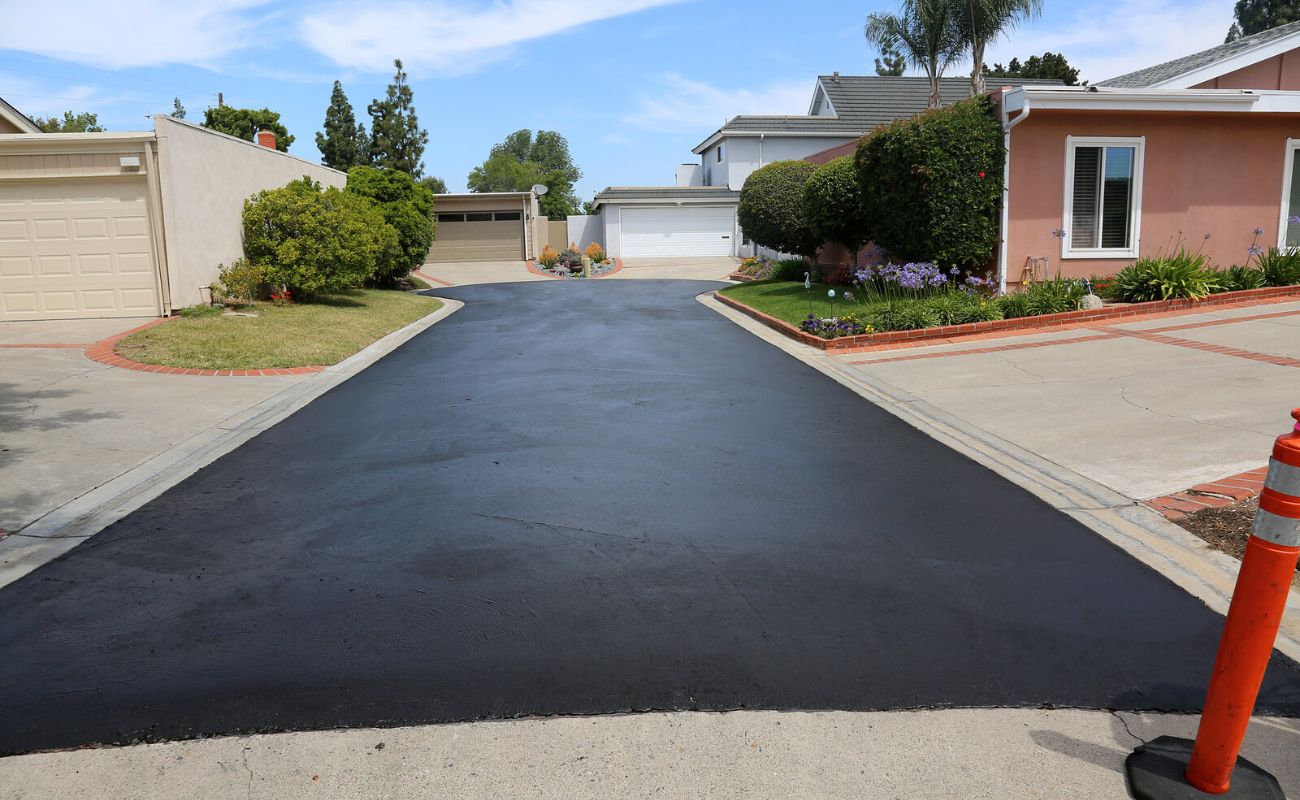
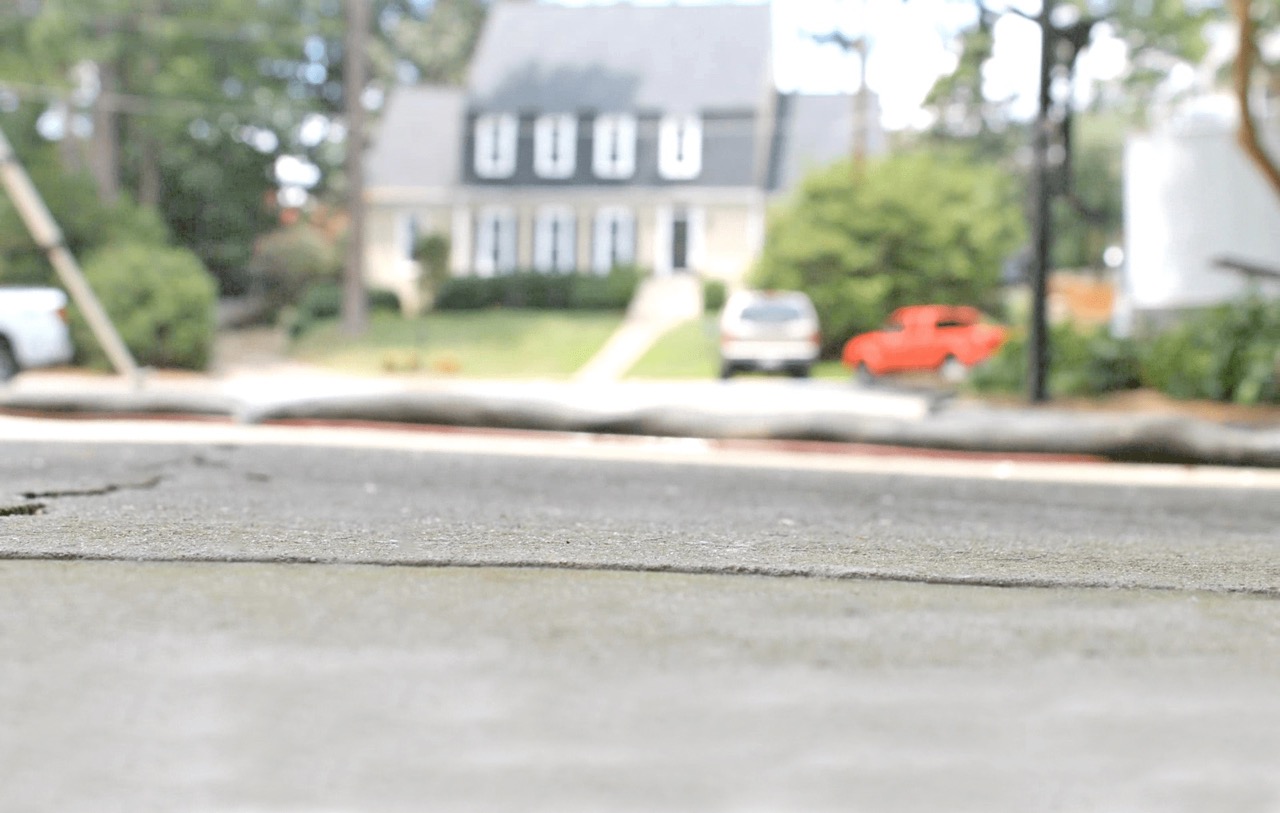
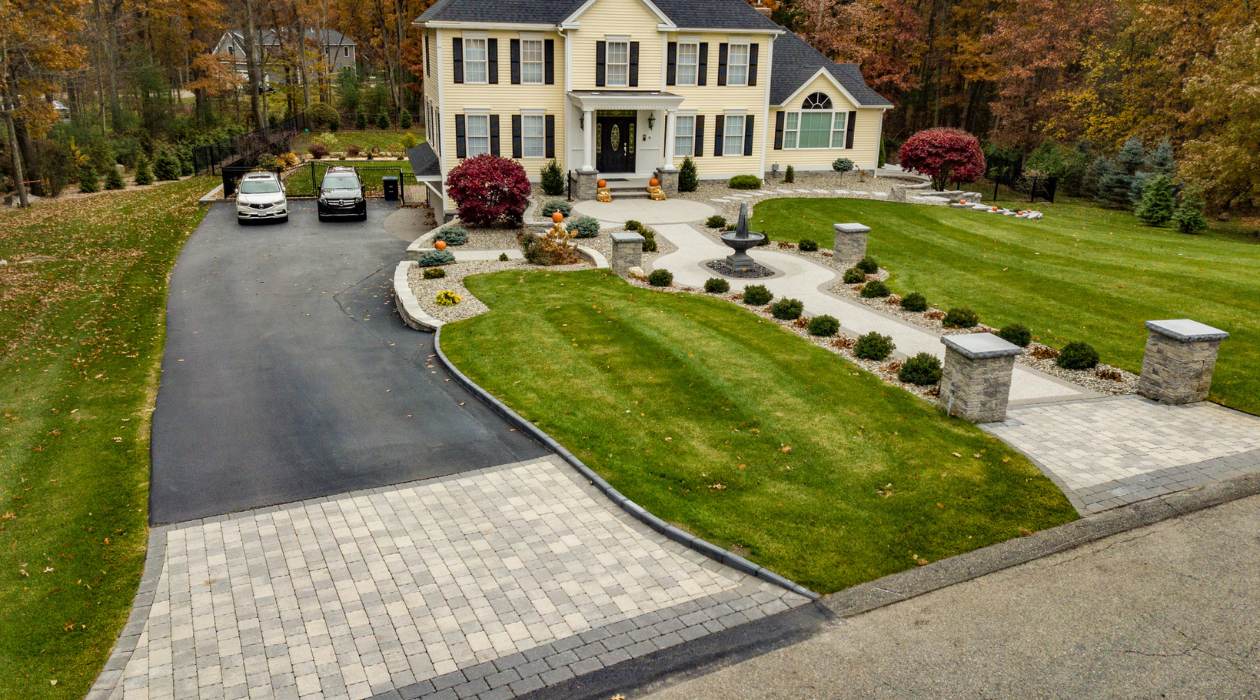
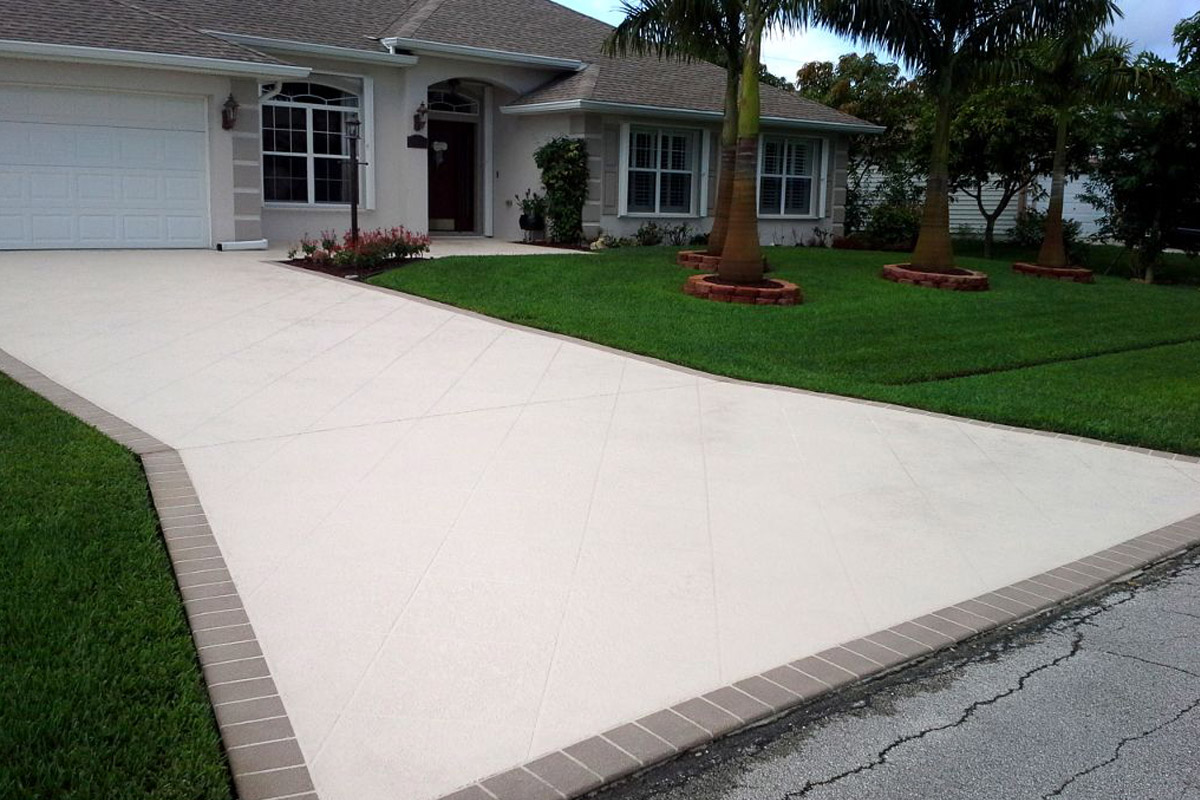
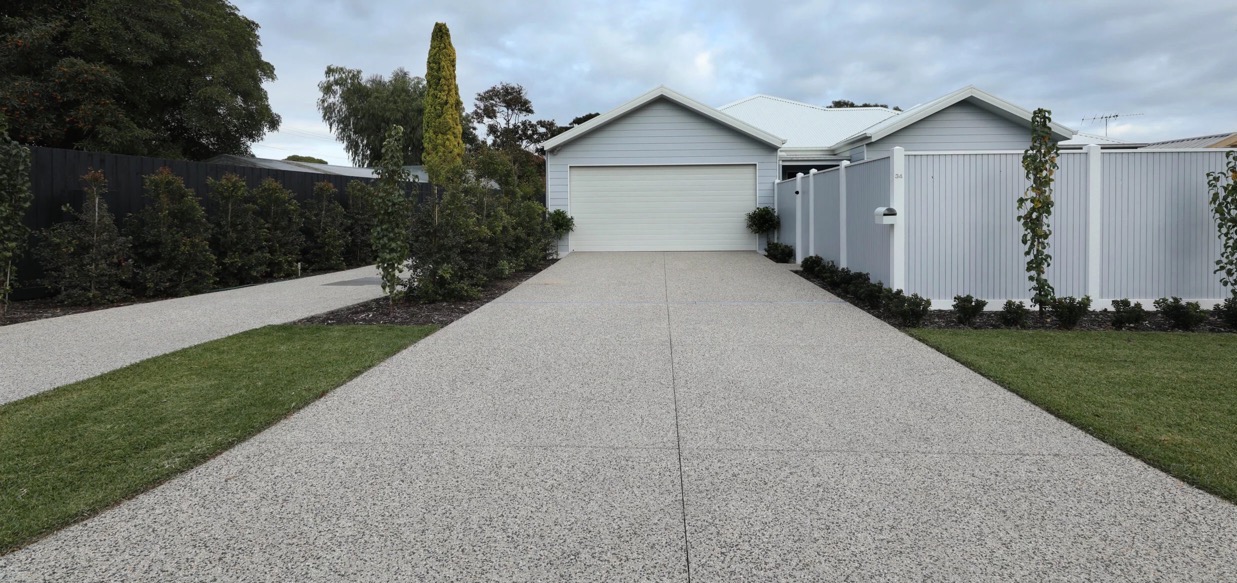
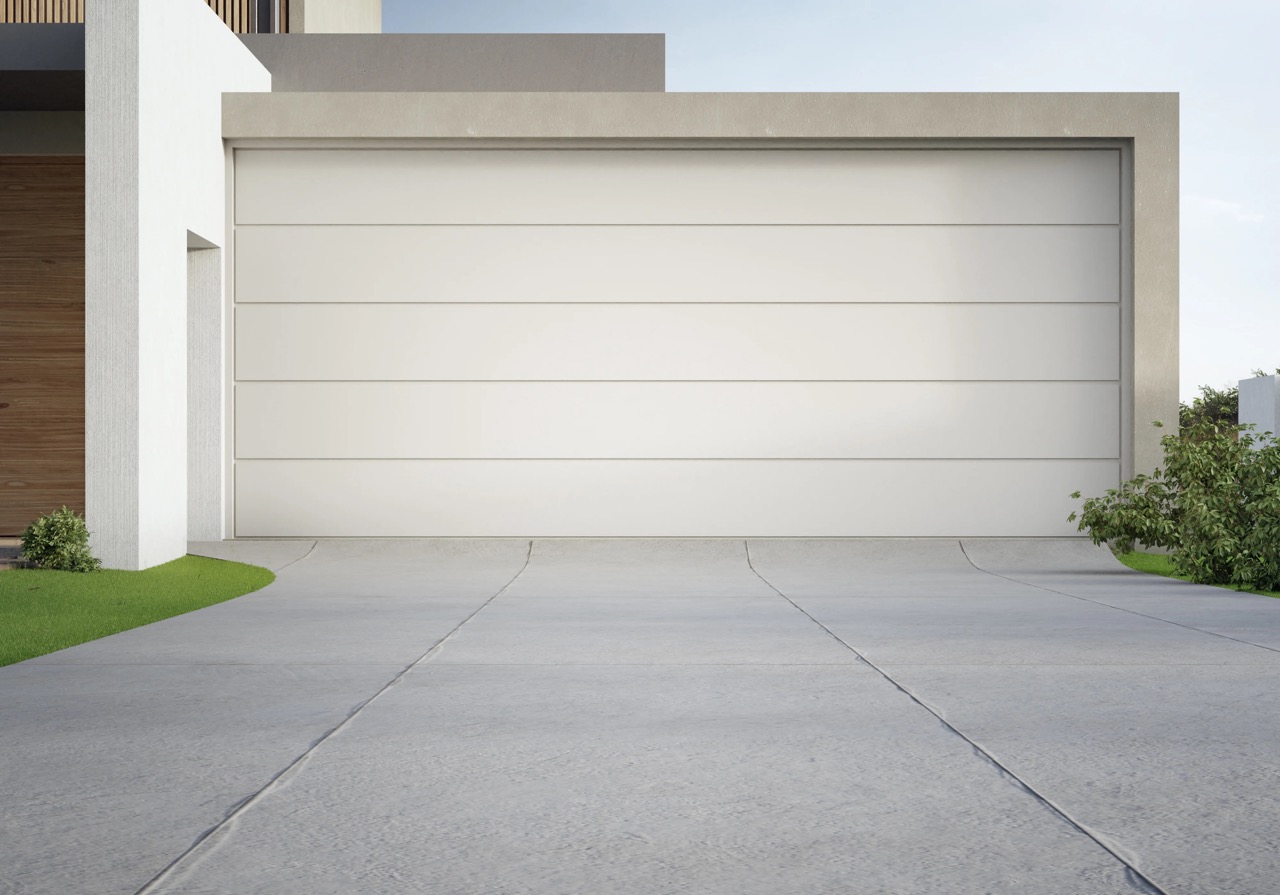
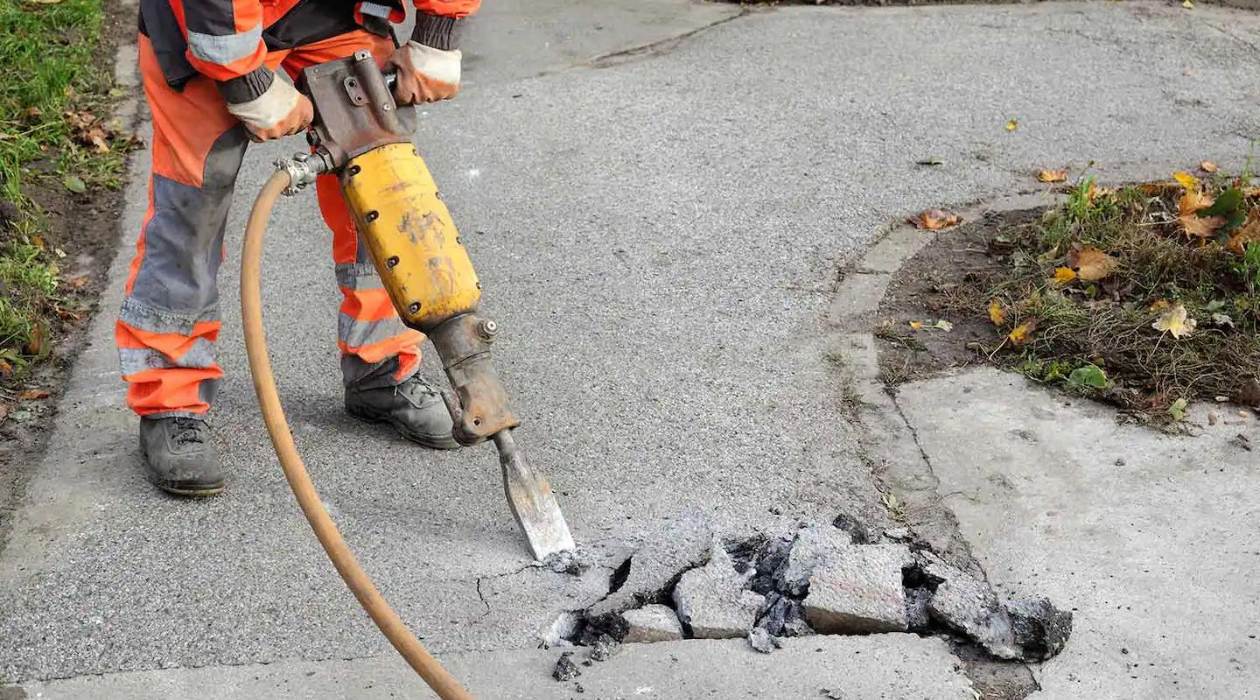
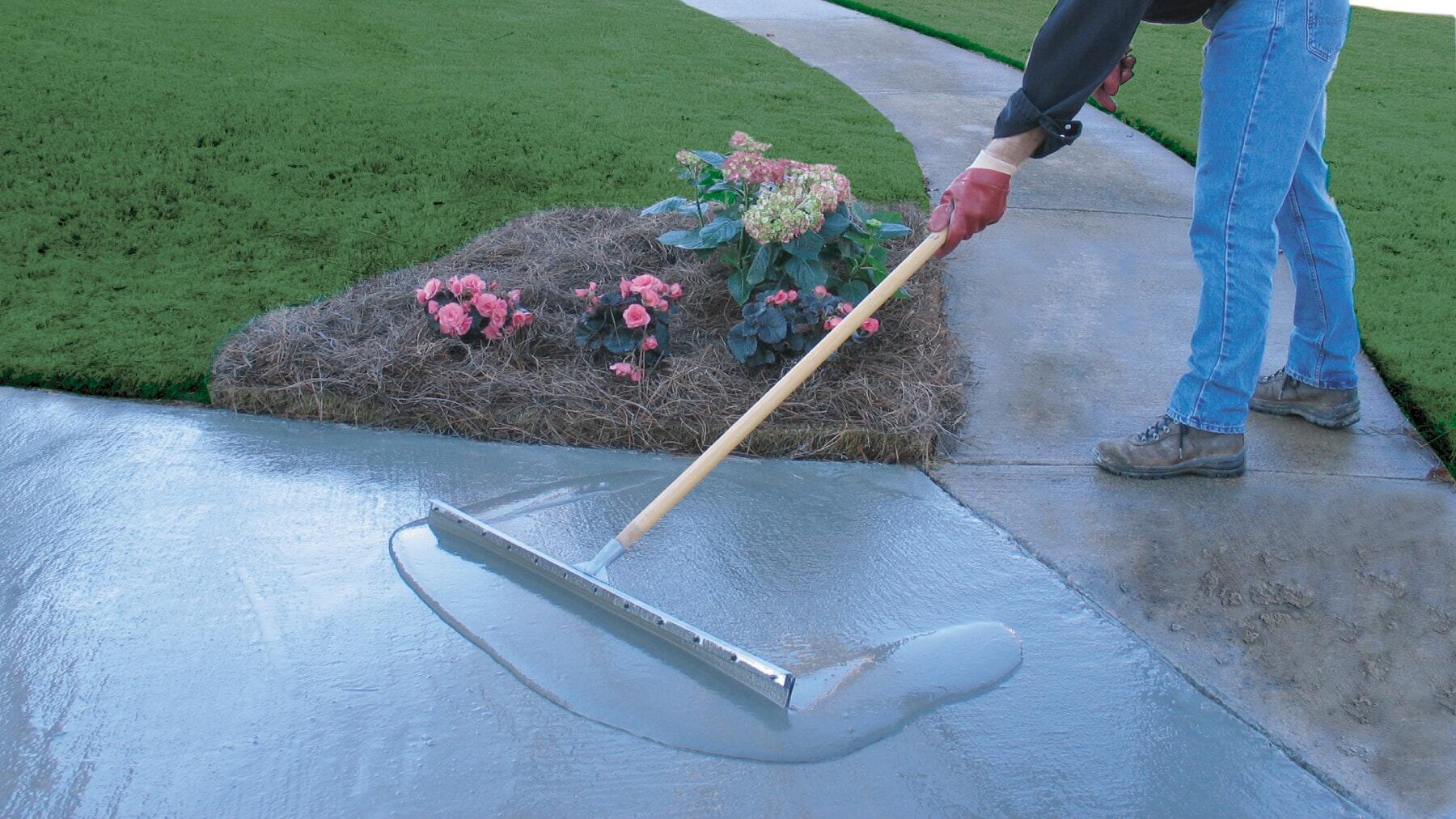

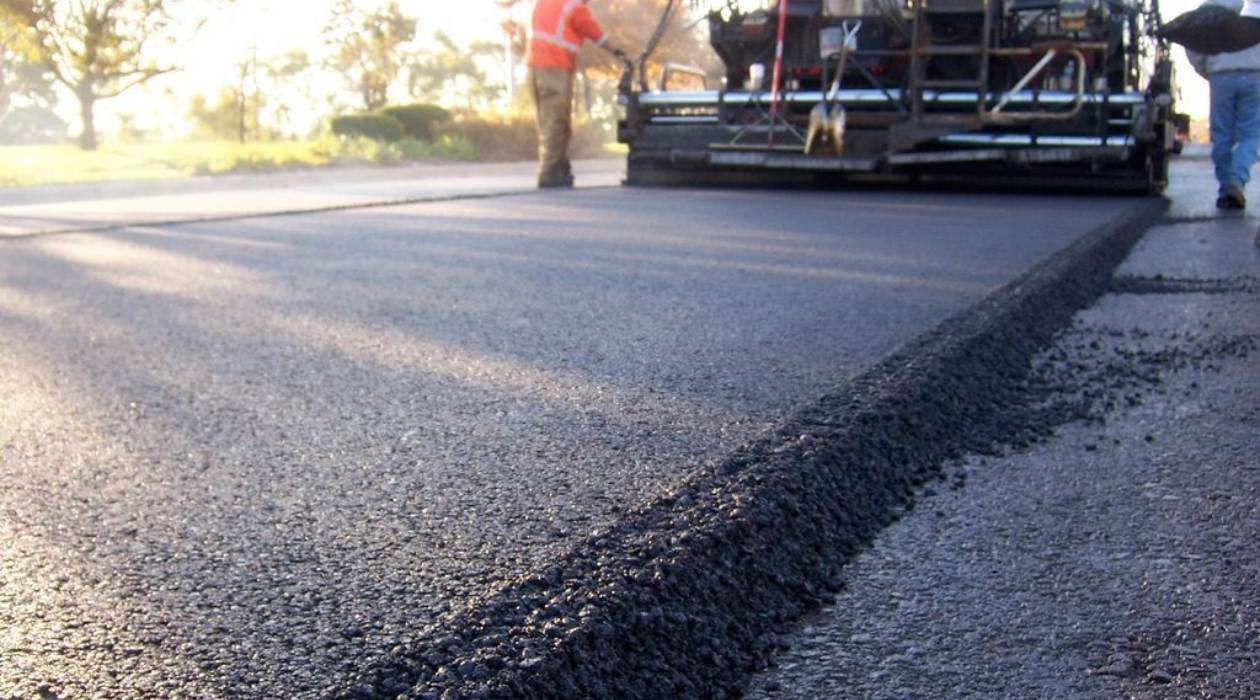
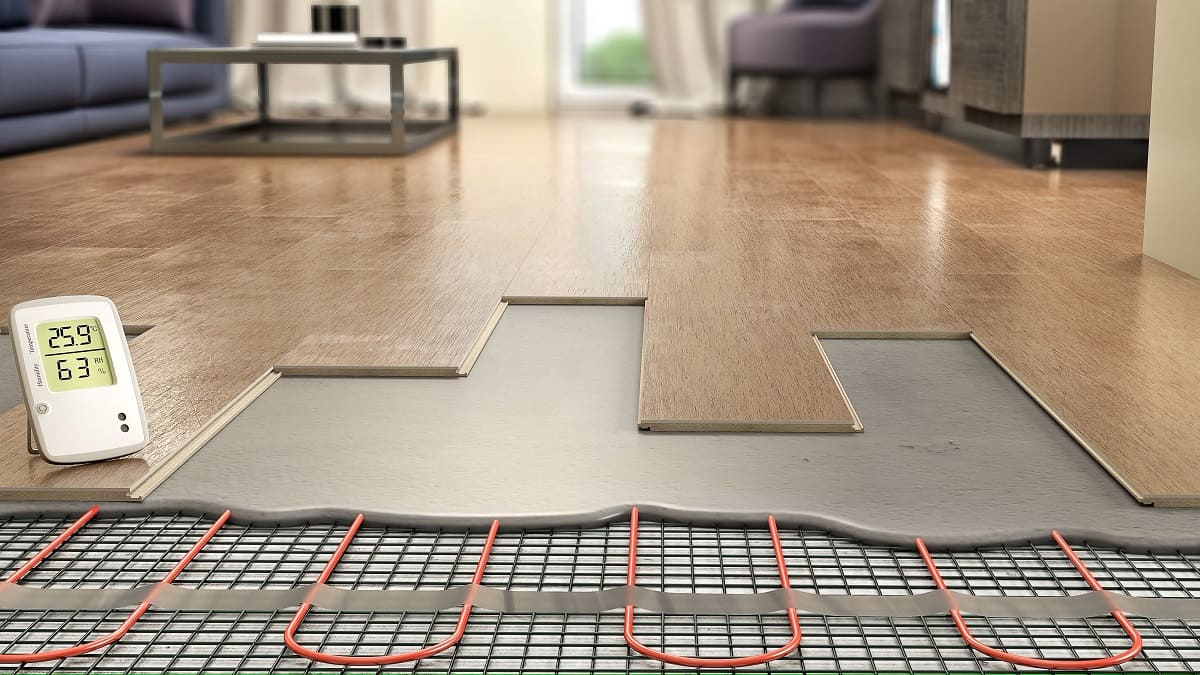
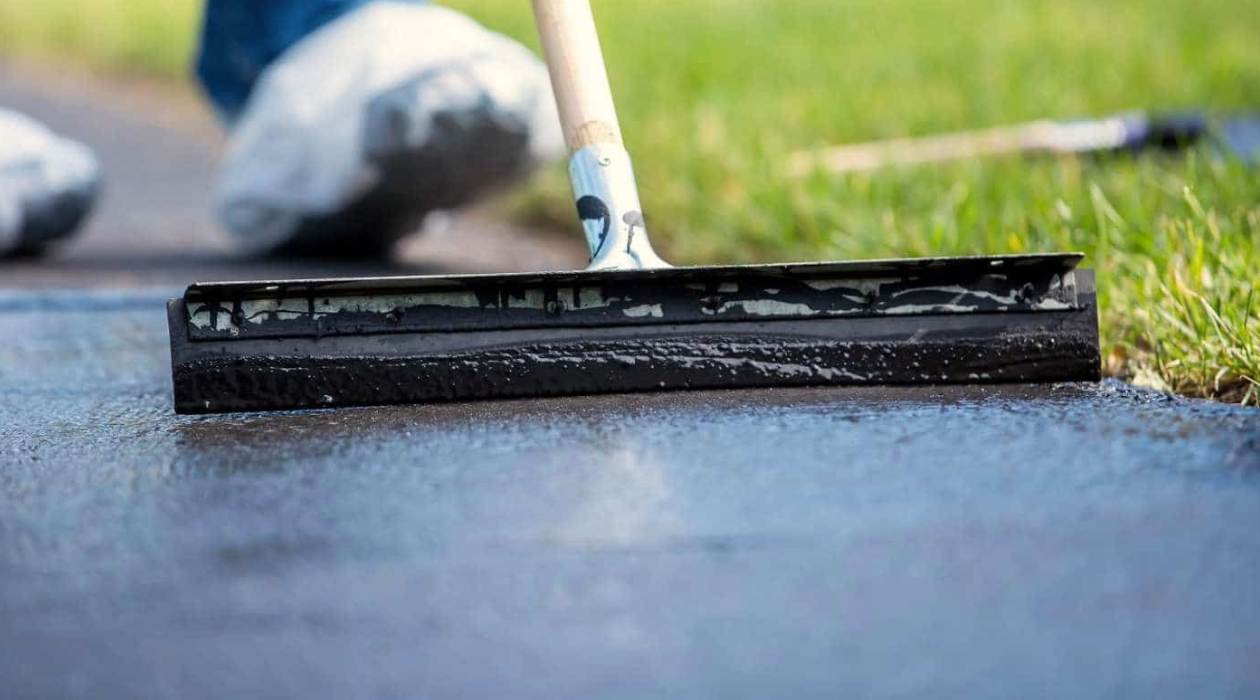

0 thoughts on “How Much Does A Heated Driveway Cost”